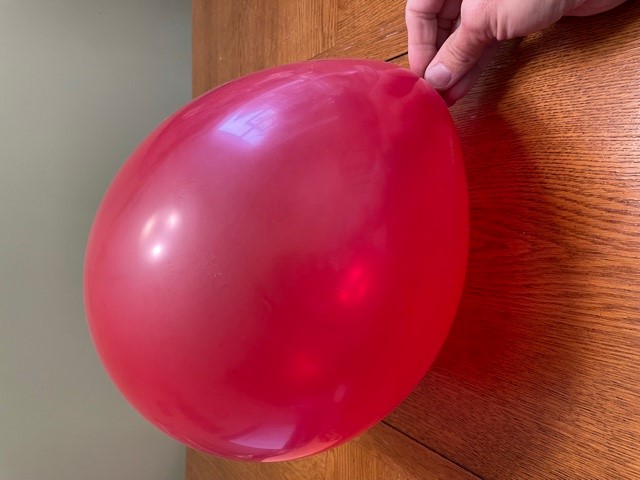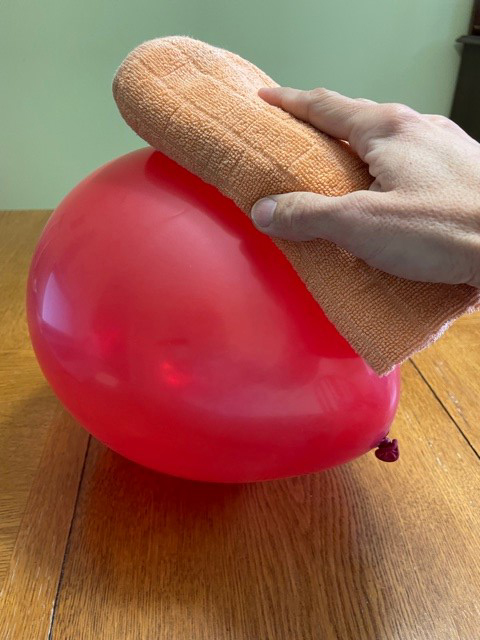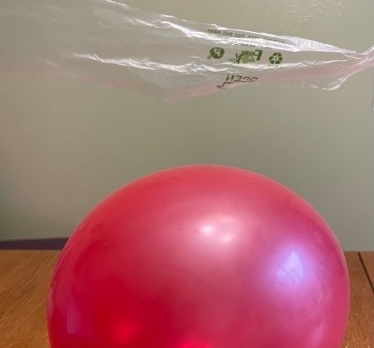Instructions
Ready to get started with this activity? To keep track of your progress, check off the instructions for each step below as they are completed. Make sure to check the box of the last step when you’re done to receive congratulations for your completed activity!
Consider this:
When two different types of materials are rubbed against each other, they become electrically charged. One item will become positively charged and the other item negatively charged. Since the charges are opposite they will attract, but like charges repel.
The number of electrons is not the issue. If one item has three electrons and two protons and another object has three electrons and four protons, they still have the same number of electrons. However, they will attract because of their charge. The first one is negatively charged and the second one is positively charged. In general, things in ‘contact’ with the Earth have the same slight negative charge due to atmospheric electricity.
As you’ll see in the activity that follows, when you rub a balloon on your sleeve it picks up electrons making it ‘more’ negative. When you put the balloon up to the wall, those electrons push the wall’s electrons away from the surface and now the surface of the wall has a positive charge. Voila!
- (1) Cotton towel
- Scissors
- (1) Balloon
- (1) Thin plastic bag (Hint: A produce bag works great!)

- Cut the thin plastic bag into strips.

- Inflate and tie the balloon.

- Lay the strip of plastic on the table and rub it with the towel.

- Rub the balloon with the towel (or rub it on your hair).

- Hold the balloon in one hand and toss the plastic above the balloon with your other hand.
- Watch the plastic strip float!
- Tips: This “spell” works best on a dry day and can be difficult if it is humid. Plus, too thick of a plastic bag and levitation may not be possible.

- Static electricity is used in pollution control, photocopy machines and painting.
- First law of static electricity: Like charges repel each other.
- Second law of static electricity: Opposite charges attract one another.
- Third law of static electricity: Charged objects pull neutral objects toward them.




